This was never a given. We’re not supposed to divulge secrets at this stage of the proceedings, but I can perhaps share with you the fact that had this contest taken place on road alone, there’d be two McLarens in the top three, with the 570S outpointing the 675LT.
By contrast, the Ferrari would have been beaten by not just both McLarens, but both Porsches, too. Then again, had we gone to only the track, well… I can’t give that particular game away this early, but suffice to say there’d be rather greater cause for celebration in Maranello.
Nor should you escape with the idea that these three made it through to the final shootout by being the quickest, most exotic cars here. This is not, nor has it ever been, a contest to find the fastest car, nor the one most capable of generating the most cheek-rippling lateral g. Which is why, in years gone by, cars as modest as the Toyota GT86 and Mazda MX-5 have beaten many far faster cars to the crown. Yes, the winner must be exciting to drive, but also willing to involve the driver and provide him or her with the confidence to push right up to and, on the track, straight past the limit safe in the knowledge that even in the face of preposterous provocation, it will never, ever bite back. As you might imagine, such qualities are somewhat easier to provide in a modestly tyred, frontengined Mazda than a McLaren, Ferrari or highly specialist Porsche.
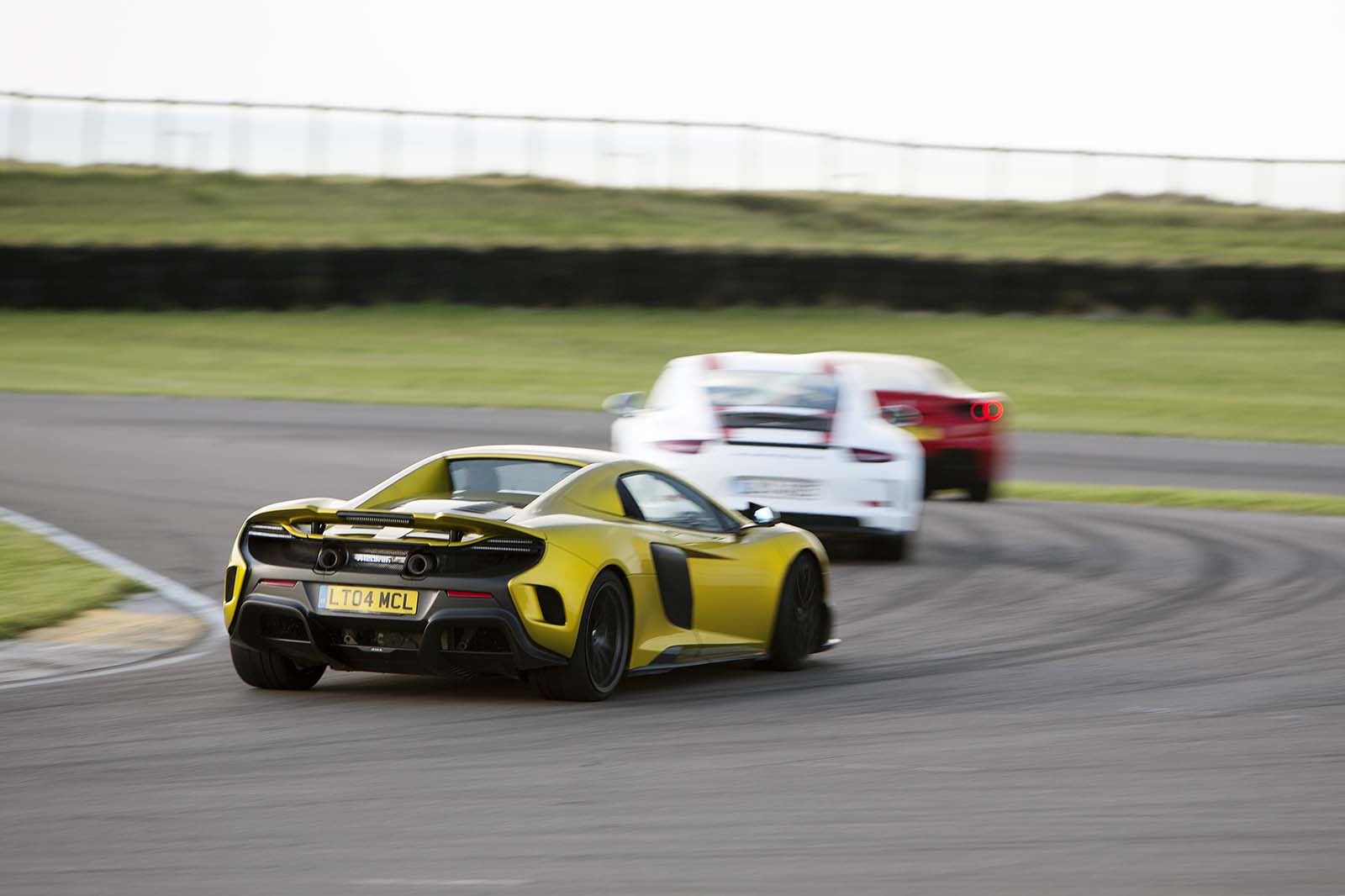
So be advised before we get to the details that this is the most fundamental and extraordinary quality that all three share. These three cars – the slowest of which would lap quicker than the fastest hypercars from just 10 years ago and the fastest of which would scare the hell out of the quickest hypercar made today – are the absolute opposite of the truculent, tricky prima donnas you might imagine. For all their speed, exotic specifications and mid or rear-engined layouts, what these cars do best of all is provide face-splitting, guffaw-inducing, awe-inspiring fun. And that’s what makes our world go round.
Where better to start than with a Ferrari, especially after its bravura performance last year? Regulars will remember that, in a wide range of conditions, the 488 GTB eclipsed all comers. True, logistical issues meant McLaren was unable to be there in 2015, but the 488 still beat the Porsche 911 GT3 RS in one of the bigger upsets we can recall in the history of these events. So even though cars rarely mount successful defences of their titles in this contest, none of us was under any illusion about how hard the Ferrari would be to beat in north Wales.
And so it proved. Prior, in particular, was dumbfounded by the car all over again and found barely believable not that it had such brutal punch but what you could do with it. More than once, he was found muttering “but you can drive it like a Mk3 Escort” to no one in particular. He was not alone in struggling all over again to process this fact. All three of these final contenders proved unreasonably accommodating when taken past their natural limits of adhesion but, as Cackett put it, “its chumminess, in the sense of approachability and let’s-go-together attitude in regard to beyond-limit handling, is in a league of one.”
Indeed, there is a moment in the 488 GTB when you finally park the natural reticence that comes with driving a Ferrari on a race track and it takes you to a place you’d never imagine any Ferrari, let alone a mid-engined 661bhp Ferrari, could reach. You’ve driven too fast into a medium-speed corner on a trailing throttle and the back has broken loose. You realise this is not a time for managing masses, considered inputs and silent prayer – crisis management, in other words – but for getting on the gas, winding off one lock, applying the other and blasting onto the straight beyond at any angle you like, from the unorthodox to the almost unbelievable. Truly, the biggest danger you face is binning it because you’re laughing too much.
The problem with this approach is that you can’t really exploit this sublime quality on the public road. So although the 488 GTB proved as fast and effortless as ever over our punishing road route, it was unable to access the thing it does best of all and so started to slip down the ratings just a touch, bringing it within range of both the 675LT and 911 R. If it has a failing, it’s a familiar Ferrari trait: steering that’s a touch too light, too aggressive off-centre and not as concerned with providing feedback to the driver as those of its best rivals. Given that the car has the most communicative chassis of the lot, it’s curious that this talent has not transferred to the helm.
The issue facing the 911 R was more abstract in nature, but no less real for that. Because despite the oceans of ink expended on the current series of 911-based Porsche GT cars, the unavoidable truth is that the track-honed GT3 RS failed to win last year just as the GT3 failed to win the year before. Given that the Ferrari that beat the RS was back and that fresh to the competition came two deadly serious McLarens, how could the 911 R respond, armed with only the engine of the already vanquished RS and a chassis all but identical to that of the roundly beaten GT3?
But sometimes cars contrive to be greater than the sum of their parts, and the 911 R is one of them. In fact, if you remind yourself of the 911 R’s design brief – to be neither the quickest nor the most useful GT 911 but simply the best to drive – you should not then be too surprised to discover that, even by the lofty standards of Porsche GT cars, the 911 R finds itself more than usually suited to this competition.
In many ways, it is the odd one out of this trio. It is alone in being normally aspirated, alone in placing three pedals in its footwell. It’s the only one not to place the engine directly behind its driver, the only one with remotely compact dimensions. It has nothing like the pure, monstrous grunt of the Ferrari, nor the faintly surreal, aerodynamically enhanced grip of the McLaren. It is the slowest of the three and, by any objective assessment, should come comfortably third here.
But cars are driven by humans and we see and feel things differently. We love the additional degree of involvement provided by being forced to change gear ourselves and we adore the sound of the flat six as it soars beyond 8000rpm. And yes, although the McLaren and Ferrari engines are unbelievably responsive for turbo motors, the Porsche’s throttle mapping seems hardwired into your brain.
On the road, you can use more of the performance more of the time, partly because there’s less than that offered by its rivals, so you don’t travel from place to place feeling that quite so large a chunk of the car’s potential is going to waste, but mainly because the car is so much more compact. The 488 and 675LT are properly wide cars, and on the kinds of roads we’d choose to drive such cars, this is a limiting factor that’s just not there in the 911 R. This is why, point to point, and in public, the R is not just easier to drive but probably quicker, too.
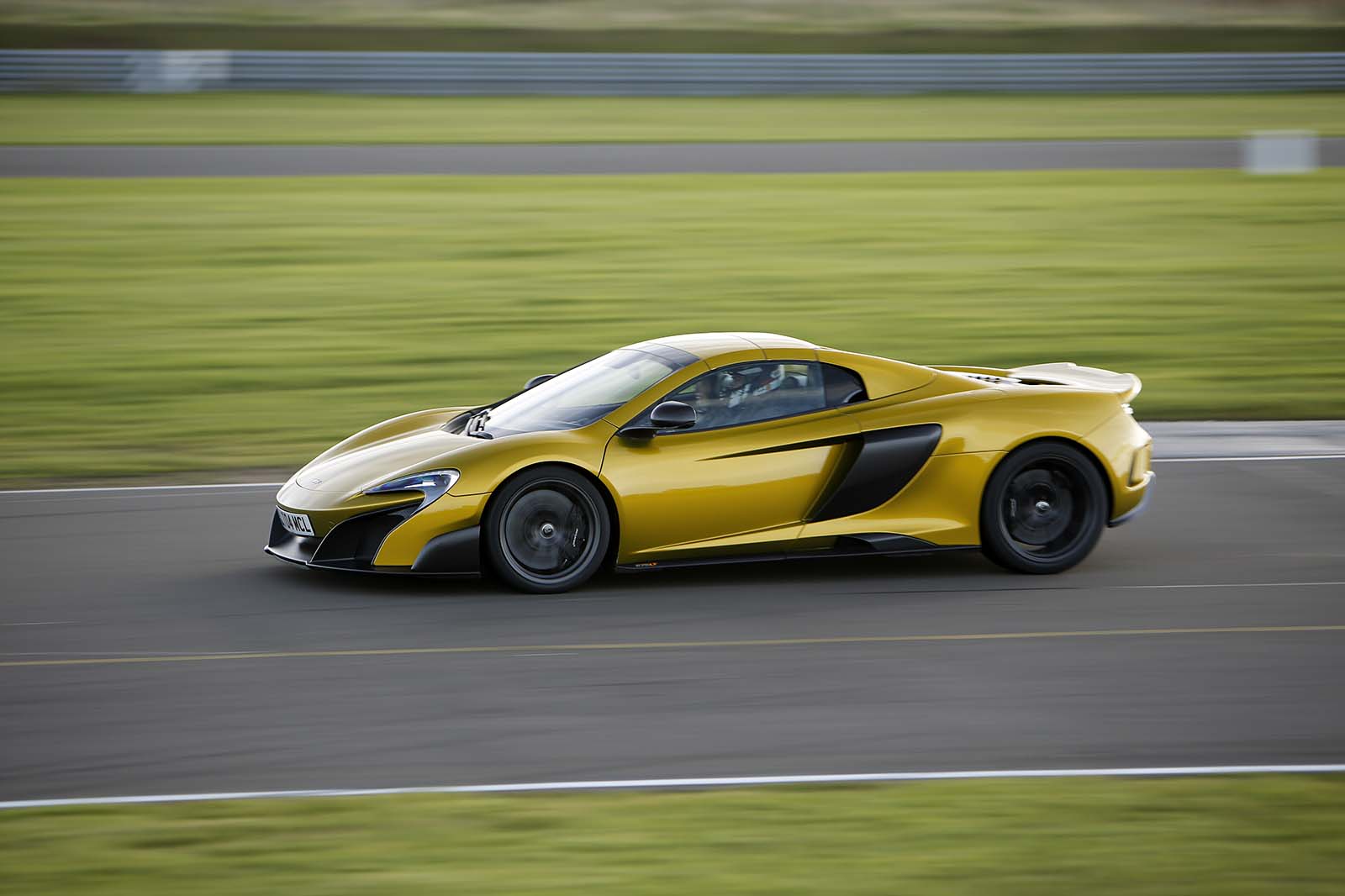
No surprises there: Porsche has made so much of the 911 R’s credentials as a street machine that it point blank refused to issue the traditional Nürburgring lap time for the car. The surprise is how little it loses on the track. “It seems to dance to the driver’s every whim, driver and machine in complete harmony” was Muir’s view of its performance on both road and track. The fact that it made every judge’s top three on the road and all bar one on the track is a quite startling illustration of the sheer breadth of the 911 R’s ability.
But you can’t sit back and let it all happen: you have to work brain and all four limbs to make sure you’re always in the right gear to let it do its thing, in a way that you just don’t in the Ferrari and McLaren. Squeezing almost 500bhp from just 4.0 litres of capacity was always going to lead to a certain peakiness, and if you’re caught off cam, the 911 R really isn’t that interested at all. Light it up, however, and it will entertain forever, the darker side of the GT3 RS’s character expunged entirely.
The 675LT is a little different from the Ferrari and Porsche. It’s not a car even reasonably skilled and experienced testers can just get in and start throwing around. Its composure on the road was such that it felt thoroughly under-utilised, easily its biggest problem being the car’s width and the way that it was exacerbated by the left-hand-drive layout of the test car. But give it the space it needs and yourself the time you need to get to grips fully with what it can do and, unless you know cars like the McLaren P1 and LaFerrari very well indeed, it will alter your perception of road car capability.
Simply calculating relative powerto-weight ratios will show that the 675LT would be convincingly quickest in a straight line, but wearing a fresh set of the Pirelli Trofeo R tyres developed specifically for it, its advantage through the corners is greater still. This is one of very few road cars whose downforce can actually be felt in quick corners. It doesn’t feel quite as clamped to the track as does a P1 in Race mode, although it’s not just the extra speed you notice, but the precision, too. In fact, it is the most composed of the three on the limit, which, given how much higher that limit is, is profoundly impressive.
But perhaps not quite so impressive as its ability to do the other stuff, the smokey, slidey, sideways stuff beloved of car photographers and road testers alike. Because the car feels so very grown-up – even after the Ferrari and Porsche – it hardly seems possible that it, too, could be skidded around all day long without once even nipping back at its driver, but it can. And with the best steering of the three, it offered the most profound driving experience of all the cars that gathered in Wales for two days of testing to determine the identity of Britain’s Best Driver’s Car.
But the best? You'll find out soon...
Read more:

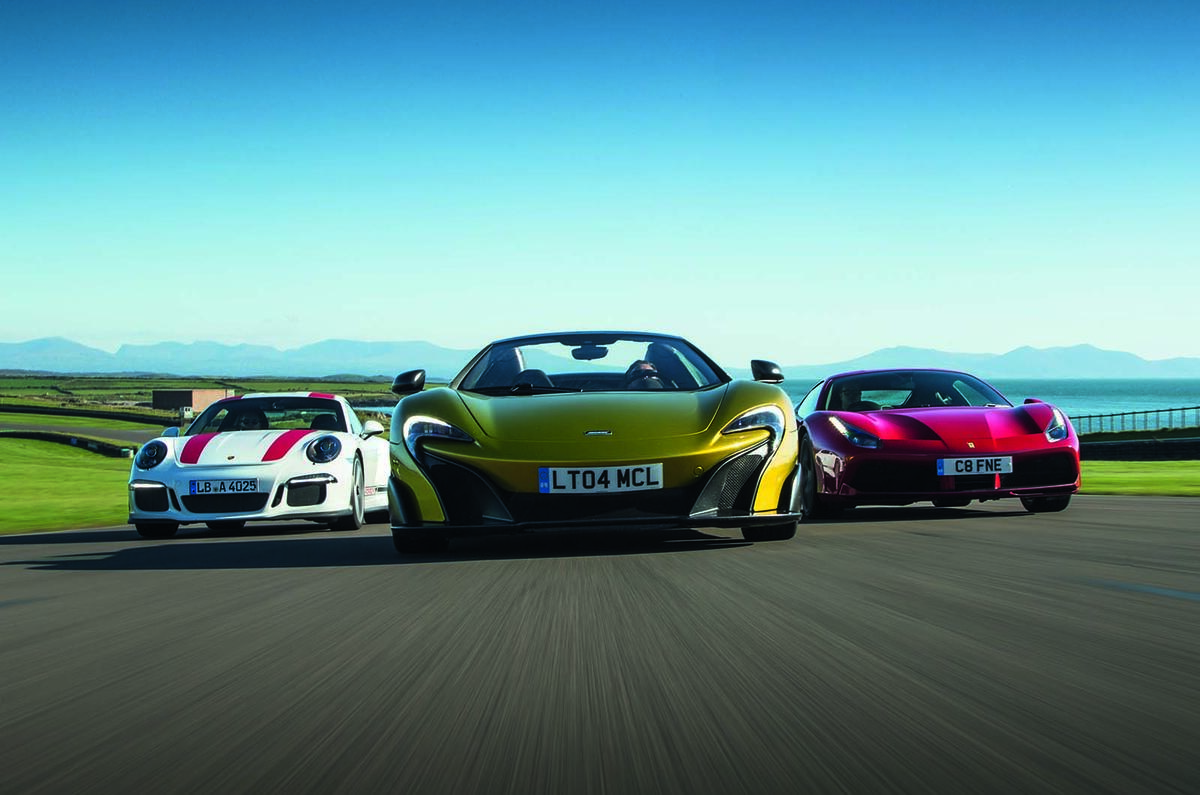
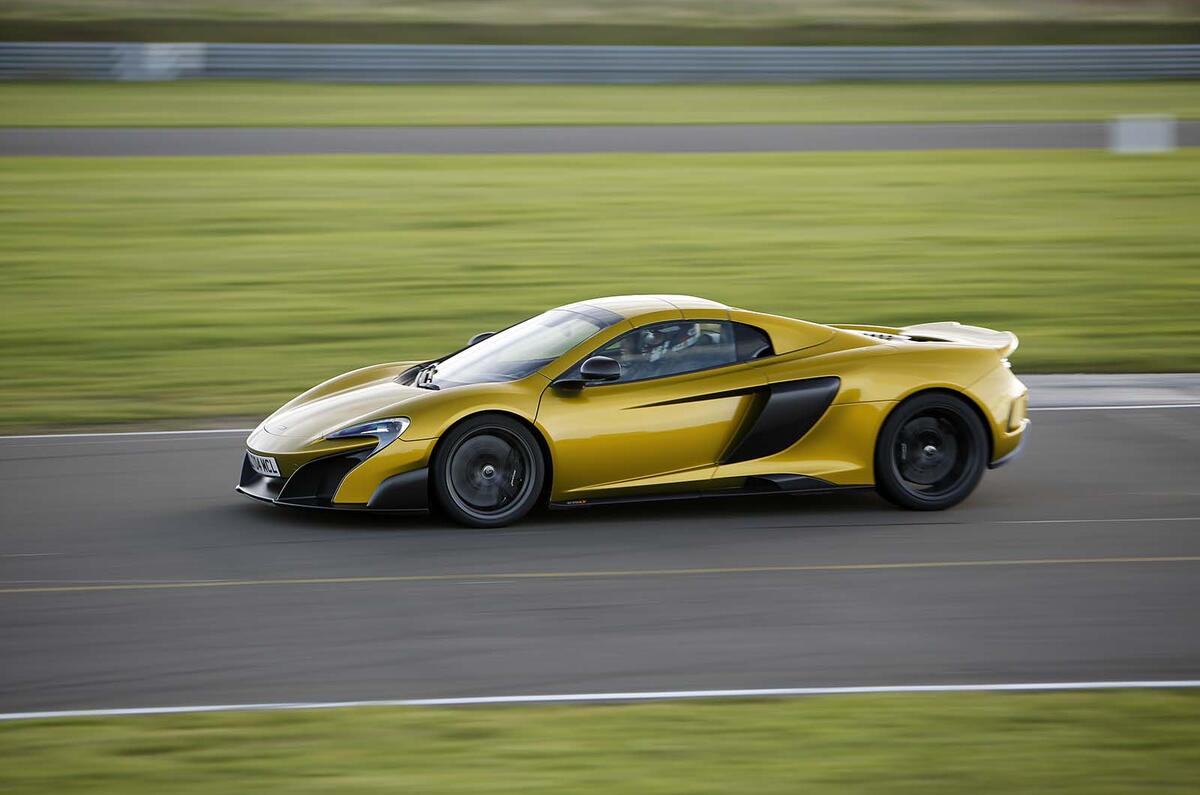
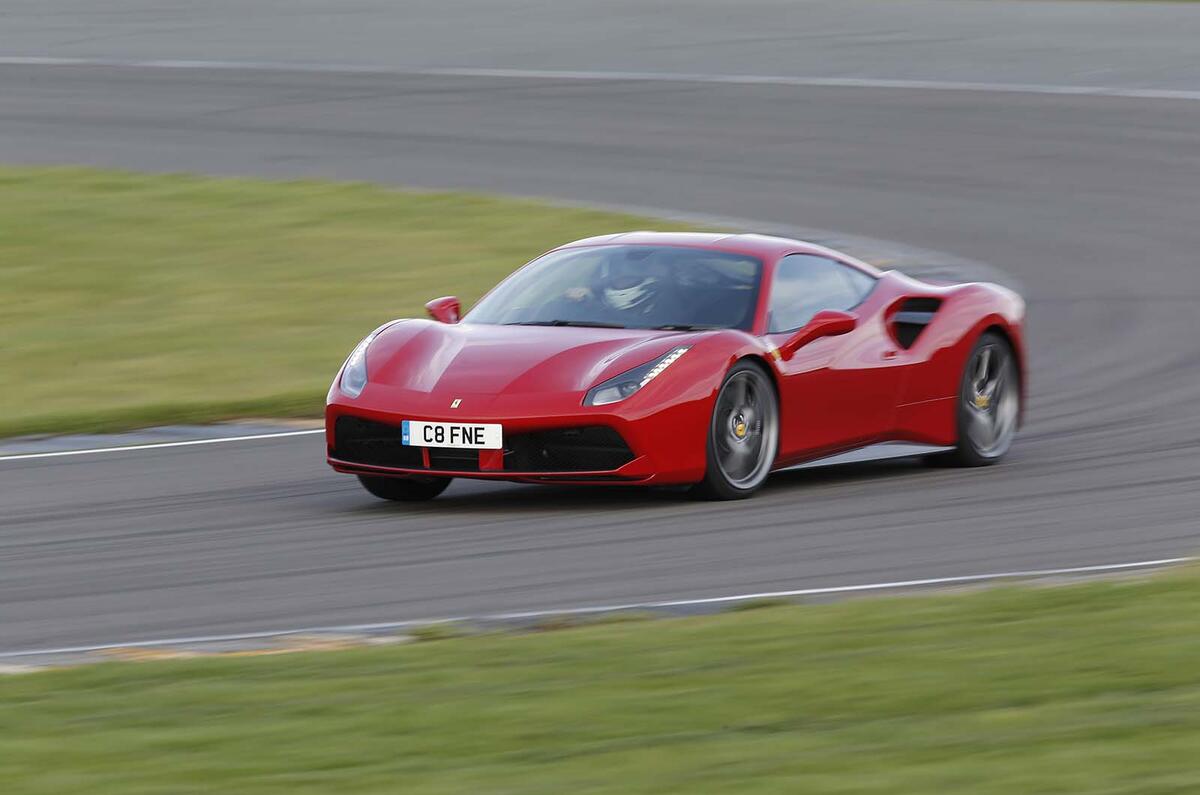

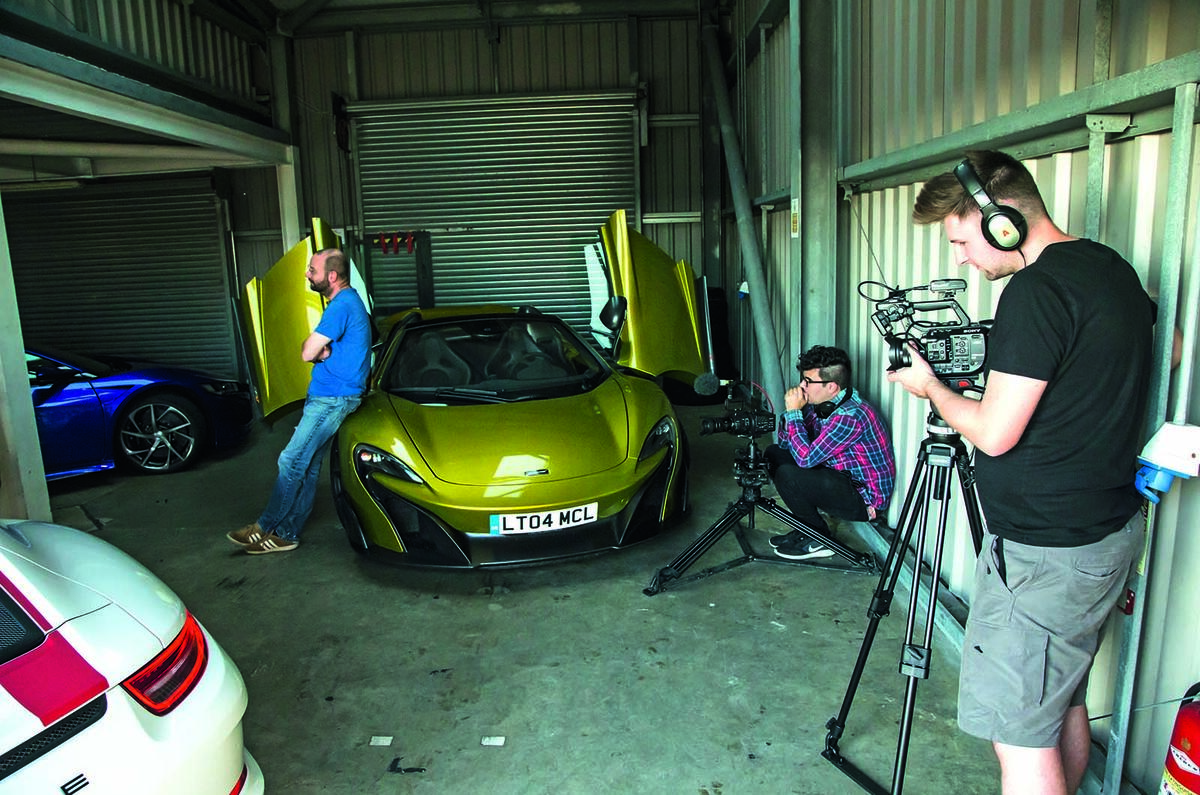
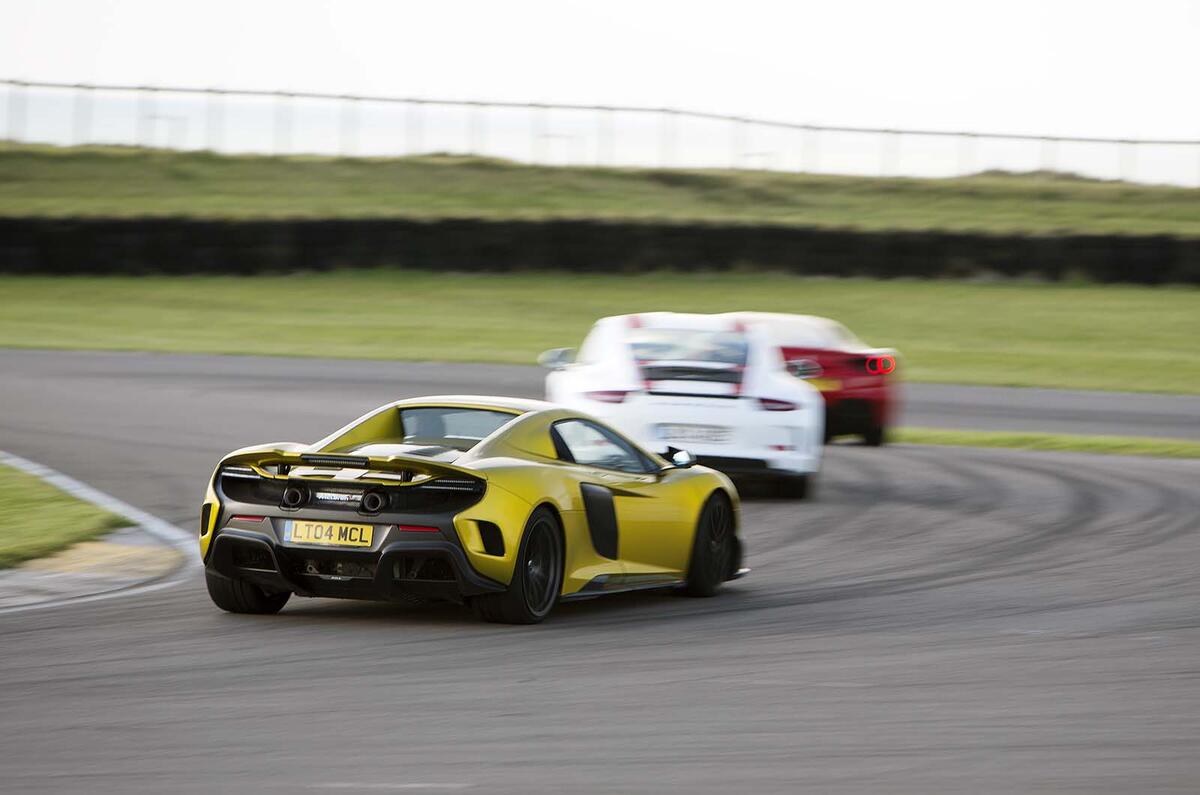


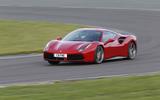
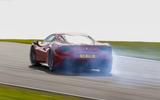




Join the debate
Add your comment
Untrustworthy back end.
Ironic
Mk3 Escort
A Mk3 is the awful front wheel drive POS XR3